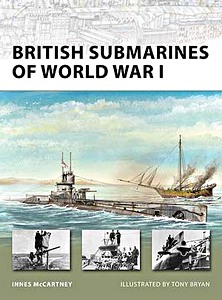Pembroke Dock 1814-2014 - A Bicentennial Look Back
In 2014 Pembroke Dock celebrates 200 years since its founding, when a Royal Dockyard - the only one ever to exist in Wales - was established here on the banks of Milford Haven. The dockyard was the reason for the rapid development of the town, with people from rural Pembrokeshire and from all around Britain moving to the area to work in the dockyard and the industries that serviced it. The closure of the dockyard in 1926 was a severe blow, and many families moved from the area to other dockyard towns.
A new use was found for the dockyard and in the 1930s the RAF took over much of the old yard. Pembroke Dock was above all a military town, since, in addition to the RAF base, there were Army garrisons at Llanion, Defensible and Pennar Barracks. Today there is no military presence and the dockyard now hosts a ferry to Ireland.
"Pembroke Dock, 1814-2014: A Bicentennial Look Back" presents readers with a series of photographs and old prints, illustrating the development of the town from the first half of the nineteenth century to the present day.
Caractéristiques
| Auteur : | Phil Carradice, Roger MacCallum |
|---|---|
| Présentation : | 96 pages, 23.5 x 16.5 x 0.8 cm, broché |
| Illustration : | 180 photos |
| Editeur : | Amberley Publishing (GB, 2014) |
| ISBN : | 9781445617749 |

Pembroke Dock 1814-2014 - A Bicentennial Look Back
Langue : anglais
Disponible sur Amazon - paiement sécurisé et livraison rapide
Acheter sur Amazon FRAcheter sur Amazon BE
Acheter sur Amazon CA








